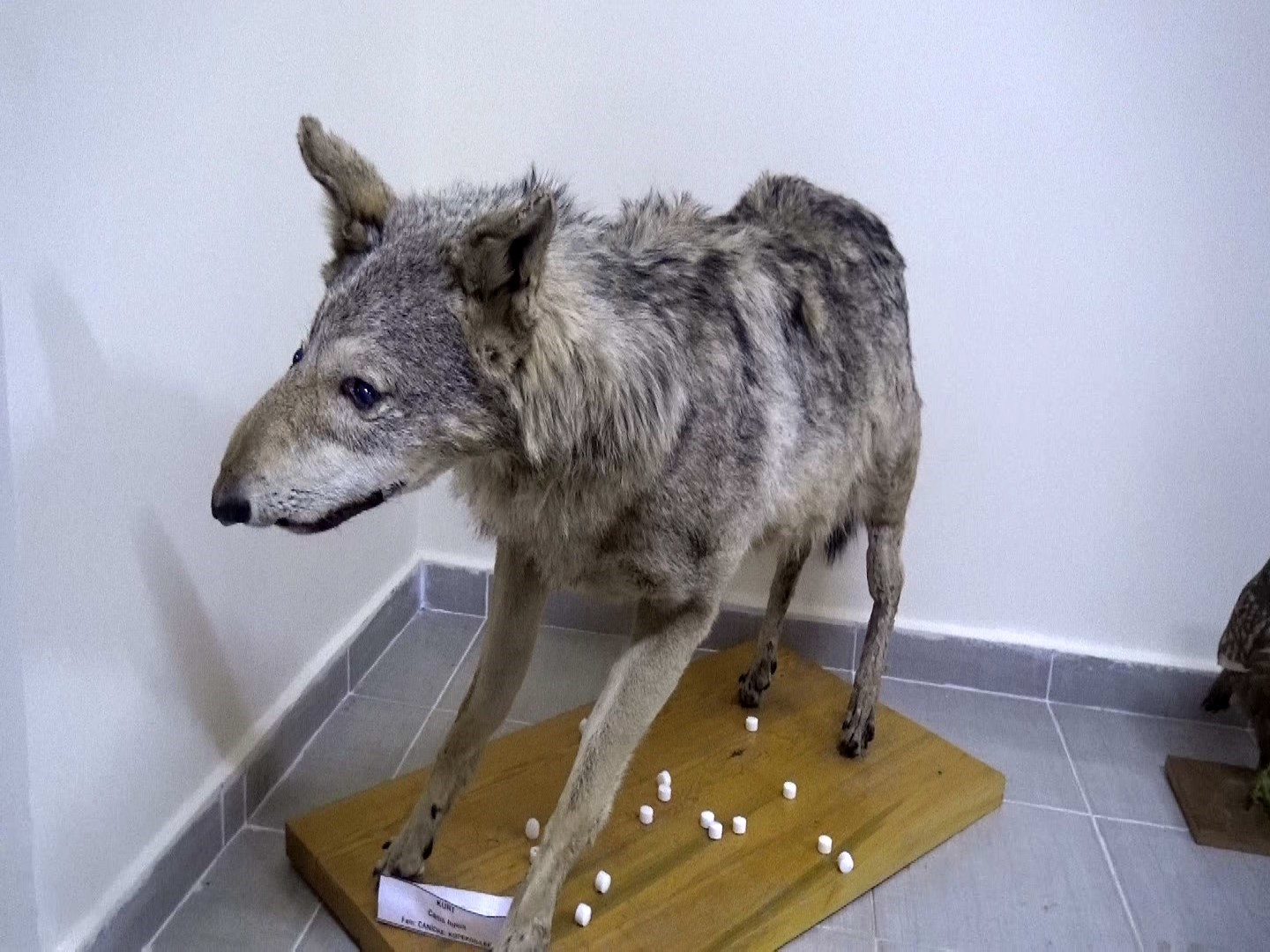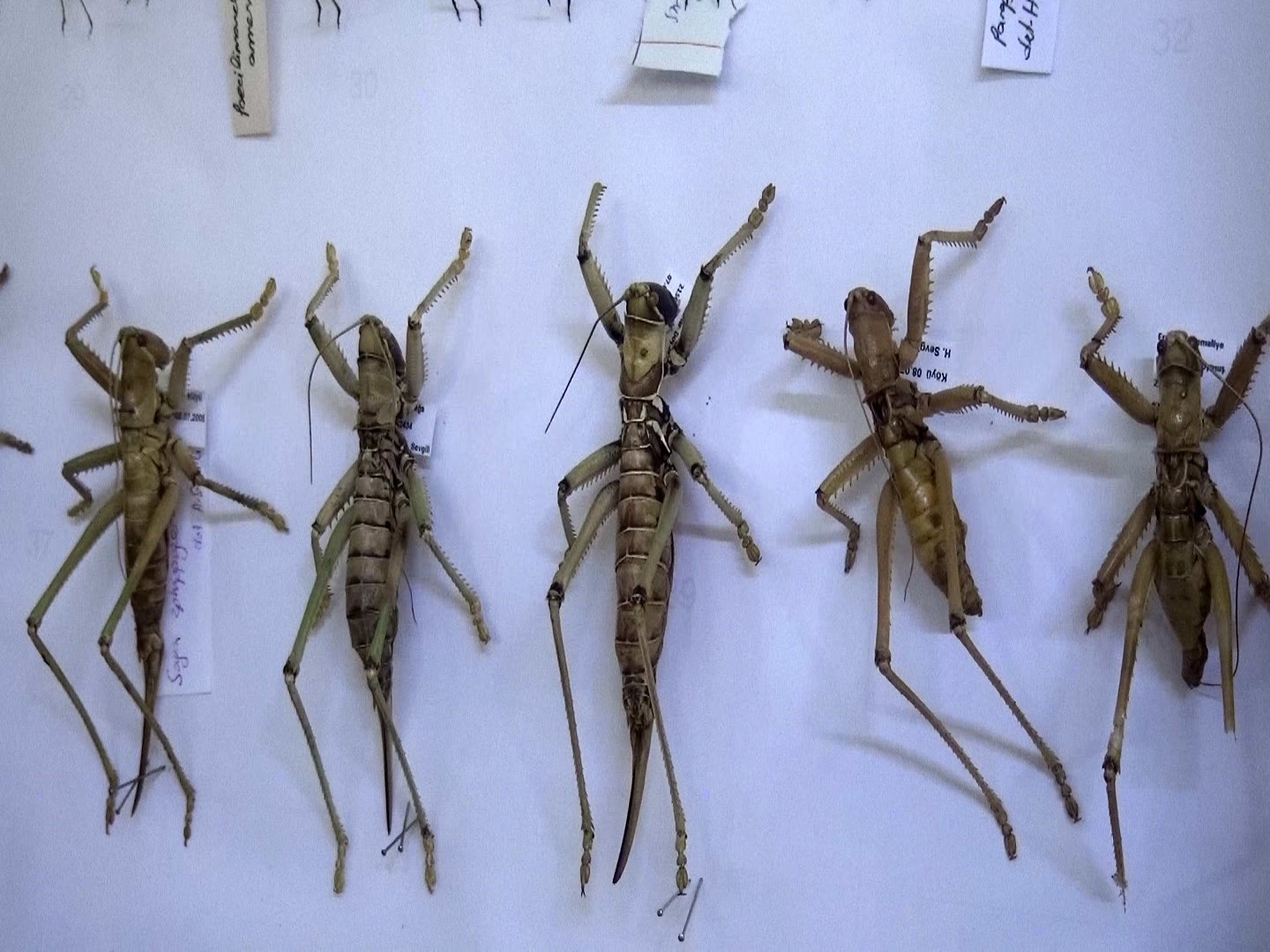Türkiye's living, mineral species exhibited in Kemaliye's museum
The Professor Ali Demirsoy Natural History Museum in Kemaliye, Türkiye's first natural history museum, showcases around 5,000 species of living organisms and minerals from all over the country

Professor Ali Demirsoy Natural History Museum in Kemaliye, Erzincan, established in 2009 with the contributions of professor Ali Demirsoy, stands as the first natural history museum in Türkiye.
A significant portion of the specimens exhibited in the museum consist of geological and biological samples collected from the region as part of the project “Investigation of Kemaliye and its surroundings in terms of biodiversity,” in which 48 scientists from 10 different universities took part.
Since its establishment, it has become a focal point of interest for the people of the region, students and ecotourism. Minerals, stones, soils, and all kinds of geological materials taken from different regions of our country and around Kemaliye are diagnosed by experts at the General Directorate of Mineral Research and Exploration (MTA) and exhibited in appropriate containers.

Mineral, crystal, soil and rock samples from various parts of Türkiye and the world are exhibited and fossil specimens belonging to the Gastropad, Bivalvia and Echinodermata groups of Kemaliye and its surroundings are identified and displayed on shelves.
There is a section where images of one-celled plants and animals are presented under a microscope. A habitat resembling the natural environment where lichens thrive has been created to showcase these ancient organisms, one of the first living groups in terrestrial ecosystems.
Moss samples collected and identified from Kemaliye are placed on exhibition boards. A significant number of invertebrates are presented in jars in formol and alcohol with their labels. Most of the insects are eviscerated and taxidermized according to the scientific sample preparation method, threaded into special insect needles and stored on panels or in specially protected, pull-out museum cabinets against parasites.
The museum's main focus is insects and herbarium material. Fish specimens from the region's freshwater bodies and seas native to our country are displayed through visual representation achieved via diverse chemical methods, such as formaldehyde-alcohol processing.
The same process was done for amphibians. Amphibian specimens of different species are displayed in alcohol containers and in exhibition cabinets. Reptile specimens, which include many species of poisonous snakes, were also transformed into visual material using the same method. Information on their characteristics, poisons and protection measures are given.

Nearly 200 bird specimens, including migratory species, from Kemaliye and its surrounding areas have been taxidermized and are now exhibited in museums. These preserved birds, along with their visual representations, serve as valuable educational resources.
Mammals have an important place in the region, which hosts a large number of predators in Türkiye. Bear, wolf, lynx, marten, mountain goat, badger, squirrel, seven sleepers, dormouse, ground squirrel, and many small mammal and rodent species, which are under threat, are exhibited at the museum as fauna elements of the region. Large and small mammals obtained in various conditions were taxidermized and exhibited in three dimensions. In addition, the skins and skeletons of some of these mammals are also exhibited, along with information about them.
At least half of the 1,000 identified plants in Kemaliye and its environs, with a focus on bulbous plants, have been meticulously pressed and affixed to cardboard for exhibition. These herbarium specimens are showcased in dedicated cabinets, accessible for scientific research and study.
Source: Newsroom






